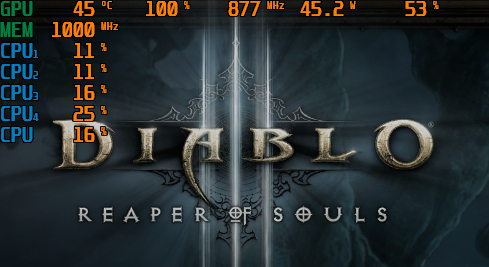Hey so I have this issue with my new GPU rx 590. My fps and clock speed ( MHz ) is not constant and is jumping up and down in several games and I need to figure out if it's because of possible bottleneck or if the GPU is somehow faulty. I'll give you an example, in adrenaline software I changed all states for my GPU except Idle to push highest clock rate 1550 MHz. It works in few games like World of Wacraft, Subnautica or Arc and I can maintain highest clock speed for the entire duration of my gameplay, however other games like Diablo, Valorant, Grim Daw, GTA V struggle to keep constant clock speed and they won't even reach 1550MHz and usually bounce from 600-1200 and because of that I have fps drops. Valorant as an example I can have one second 170 FPS and next it drops to 80. I increased the power limit to +50% and set higher curve for fan speed however the temperature won't exceed 70 degress ( 158 fahrenheit ) so it doesn't seem to be overheating issue. I'm adding two screens from afterburner, one is Diablo where my clock speed bounces and other one is subnautica where it is constant, maybe that can help. GPU usage is 100% and then it usually drops to like 0% for 2-4 seconds and then to like 12% then around 35% and back to 99% - 100% on repeat.
Spec:
GPU - Asrock RX 590 OC 8GB
RAM - Kingston DR4 2x4GB 2666 MHz
CPU - Intel i5 - 2500 3.3GHz
MB - MSI H61M-P23
PSU - Corsair VS650


Spec:
GPU - Asrock RX 590 OC 8GB
RAM - Kingston DR4 2x4GB 2666 MHz
CPU - Intel i5 - 2500 3.3GHz
MB - MSI H61M-P23
PSU - Corsair VS650



